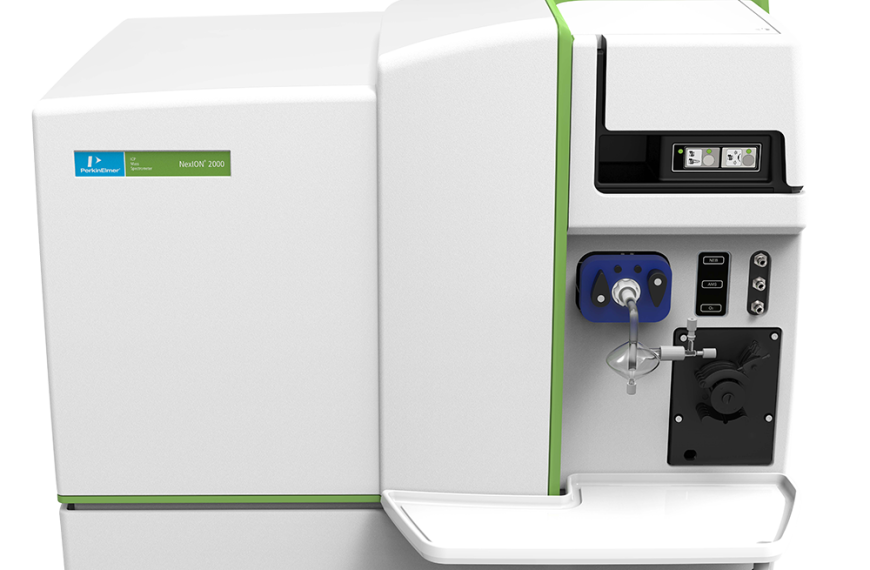Description
For nearly 30 years, ICP-MS has been gaining favour with laboratories for performing trace metal and elemental analysis with detection limits at or below the part per billion (ppb) level. An analytical working range of >10 orders of magnitude is available which is unsurpassed by any other technique.
ICP-MS is an analytical technique primarily used for elemental determination.
The sample is introduced into the ICP plasma via nebuliser. Samples are typically solutions using an autosampler for solid samples using a laser ablation technique.
A high temperature inductively coupled plasma source converts atoms in a sample to ions and these are directed into a mass spectrometer.
A quadrupole mass spectrometer separates the ion by their mass to charge ratio (m/z).
Uses / Applications
Semi-quantitative analysis: Provides a fingerprint of the elements present in a sample and the approximate concentrations.
Quantitative analysis: Accurately determines how much of a specific element is in the material analysed.
Isotopic analysis: Specific isotopes of an element can be measured and their ratio determined.

Specification
The NexION 2000 has the fastest data acquisition speed (100,000 points per second) available and is best equipped for nanoparticle determinations.
A mass range of 1-285amu is available with the quadrupole MS.
The NexION 2000 can be run in either standard, collision or reaction mode depending on inferences.
This system is the only ICP-MS available that can run pure ammonia for complete and targeted interference removal.
Samples that are not already in solution or are not readily dissolved in nitric acid solution, can be prepared using the microwave digestor or laser ablation system



